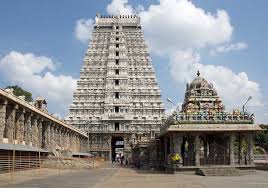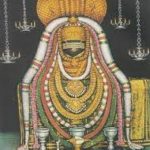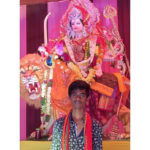
Today Open now UTC+5.5
05:30 AM - 12:30 PM
03:30 PM - 09:30 PM
-
Monday
05:30 AM - 12:30 PM 03:30 PM - 09:30 PM
-
Tuesday
05:30 AM - 12:30 PM 03:30 PM - 09:30 PM
-
Wednesday
05:30 AM - 12:30 PM 03:30 PM - 09:30 PM
-
Thursday
05:30 AM - 12:30 PM 03:30 PM - 09:30 PM
-
Friday
05:30 AM - 12:30 PM 03:30 PM - 09:30 PM
-
Saturday
05:30 AM - 12:30 PM 03:30 PM - 09:30 PM
-
Sunday
05:30 AM - 12:30 AM 03:30 AM - 09:30 PM


